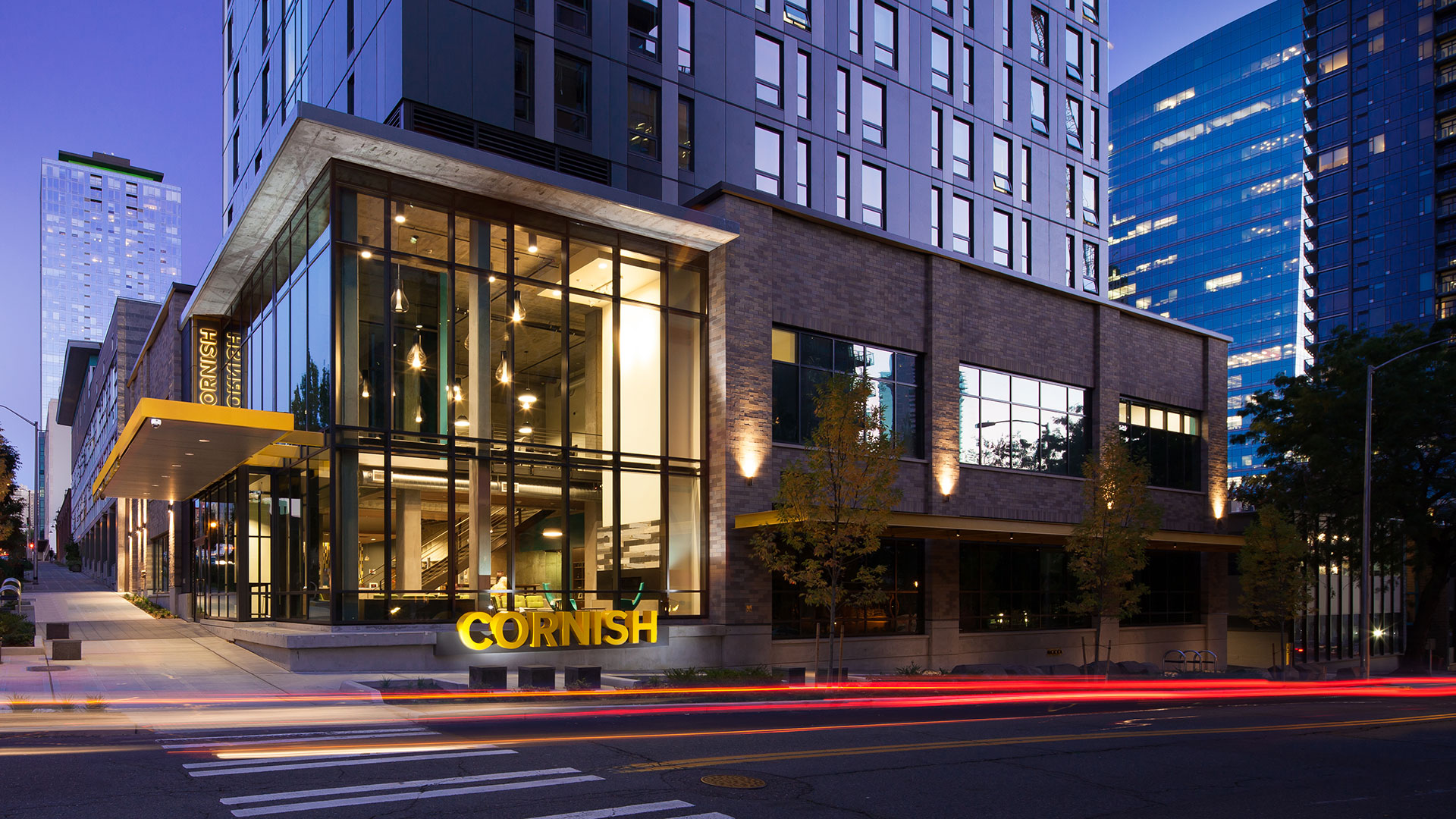
The College’s founder Nellie Cornish, and the many teaching artists who followed her, believed in education through exposure to all the arts.

The mission of Cornish College of the Arts is to provide students aspiring to become practicing artists with an educational program of the highest possible quality, in an environment that nurtures creativity and intellectual curiosity, while preparing them to contribute to society as artists, citizens, and innovators.
Begun in 1914, Cornish College of the Arts offers Bachelor of Fine Arts degrees in the performing and visual arts and a Bachelor of Music degree, along with year-round public programs and extension courses.
The College’s founder Nellie Cornish, and the many teaching artists who have followed her, believed in education through exposure to all of the arts. This approach continues to inform the College’s curricula and community involvement today. Our holistic approach to education promotes experimentation, discovery, and innovation, giving artists the creative intelligence they need to thrive in their disciplines and beyond. We have been inspiring artistic and academic excellence for more than 100 years.
Cornish is accredited by the Northwest Commission on Colleges and Universities (1977). Cornish is licensed to confer degrees by the State of Washington.
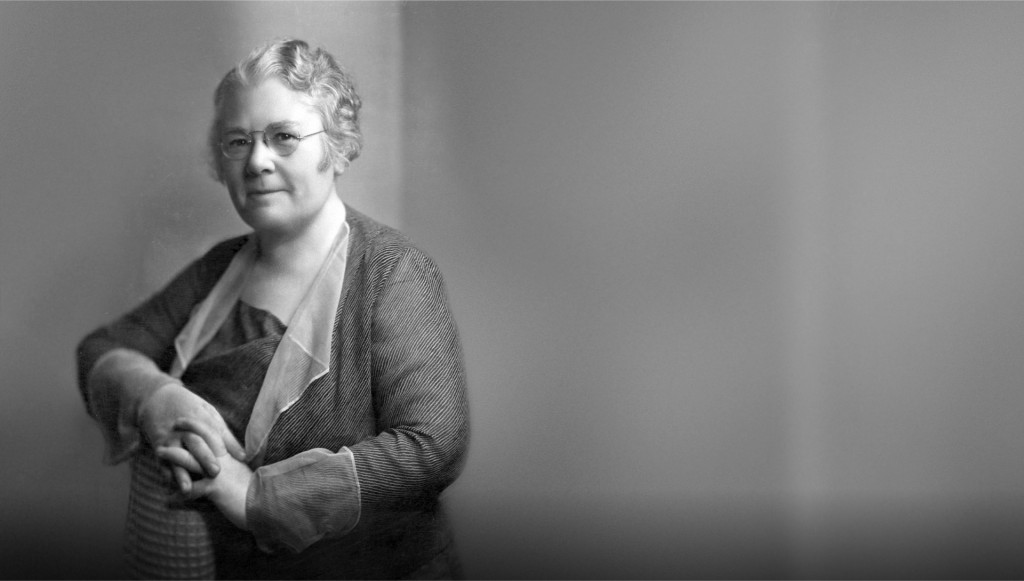
Construction for the new campus of "The Cornish School for Drama, Music, Dance" began on the first day of 1921. The work was rushed forward so that the school could open early in September, on time for the still young institution’s eighth season. Perhaps predictably, in late summer agents with homes to sell or apartments to rent in the neighborhood enhanced with this new landmark, began running classifieds for their properties with the message “near Cornish School” in both The Times and The Post-Intelligencer.
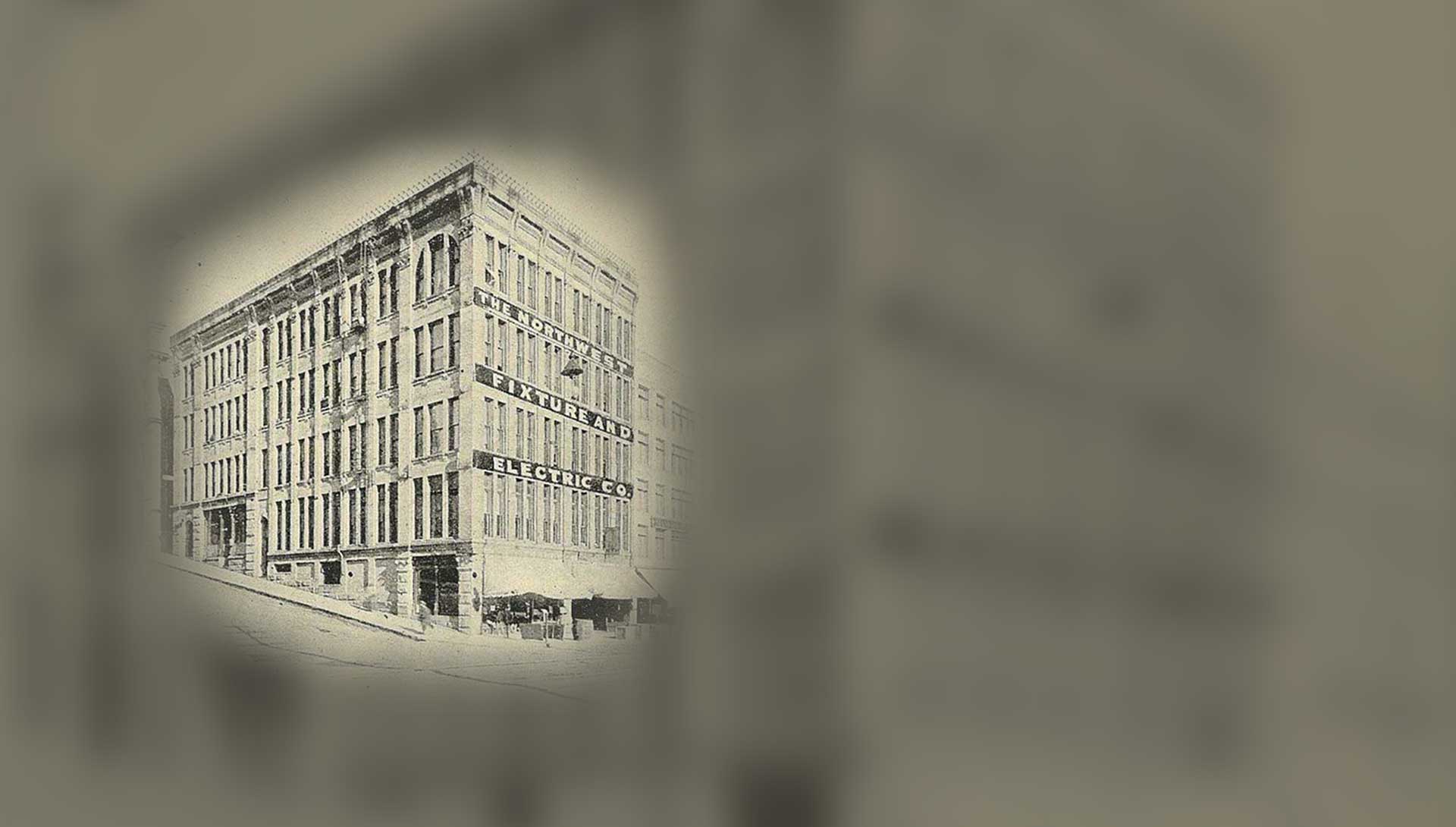
The Holyoke Building in 1900 on 1st Ave is where Nellie Cornish set up her first studio accepting students. The building still stands today.
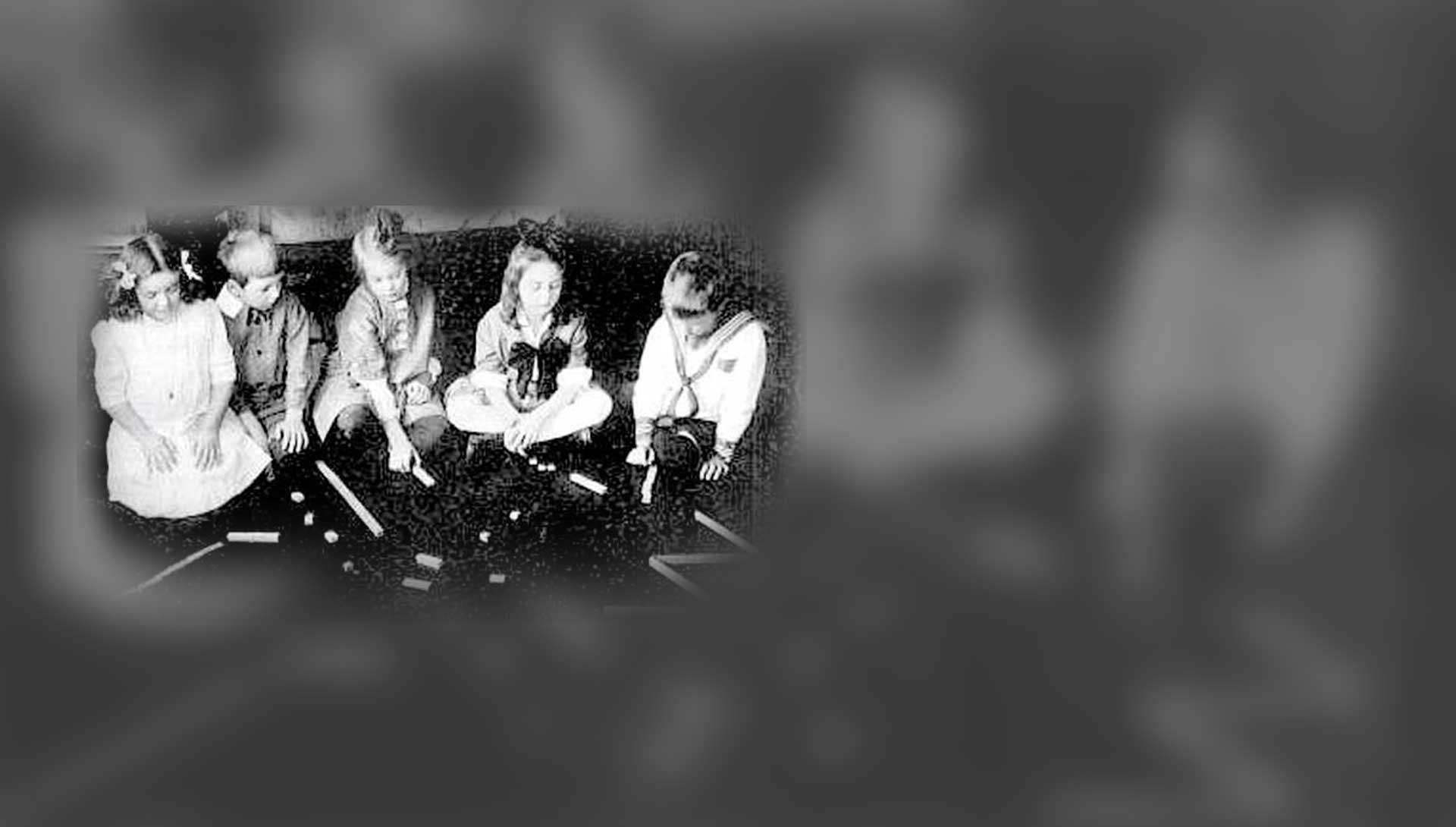
Children learn how music is divided, using the he Montessori-based method of Evelyn Fletcher Copp. Eventually, Mary Cornish would adopt the progressive musical pedagogy of Calvin Brainerd Cady, who had worked as musical director with John Dewey (who set up his seminal progressive educational project, what is now the University of Chicago Laboratory Schools).
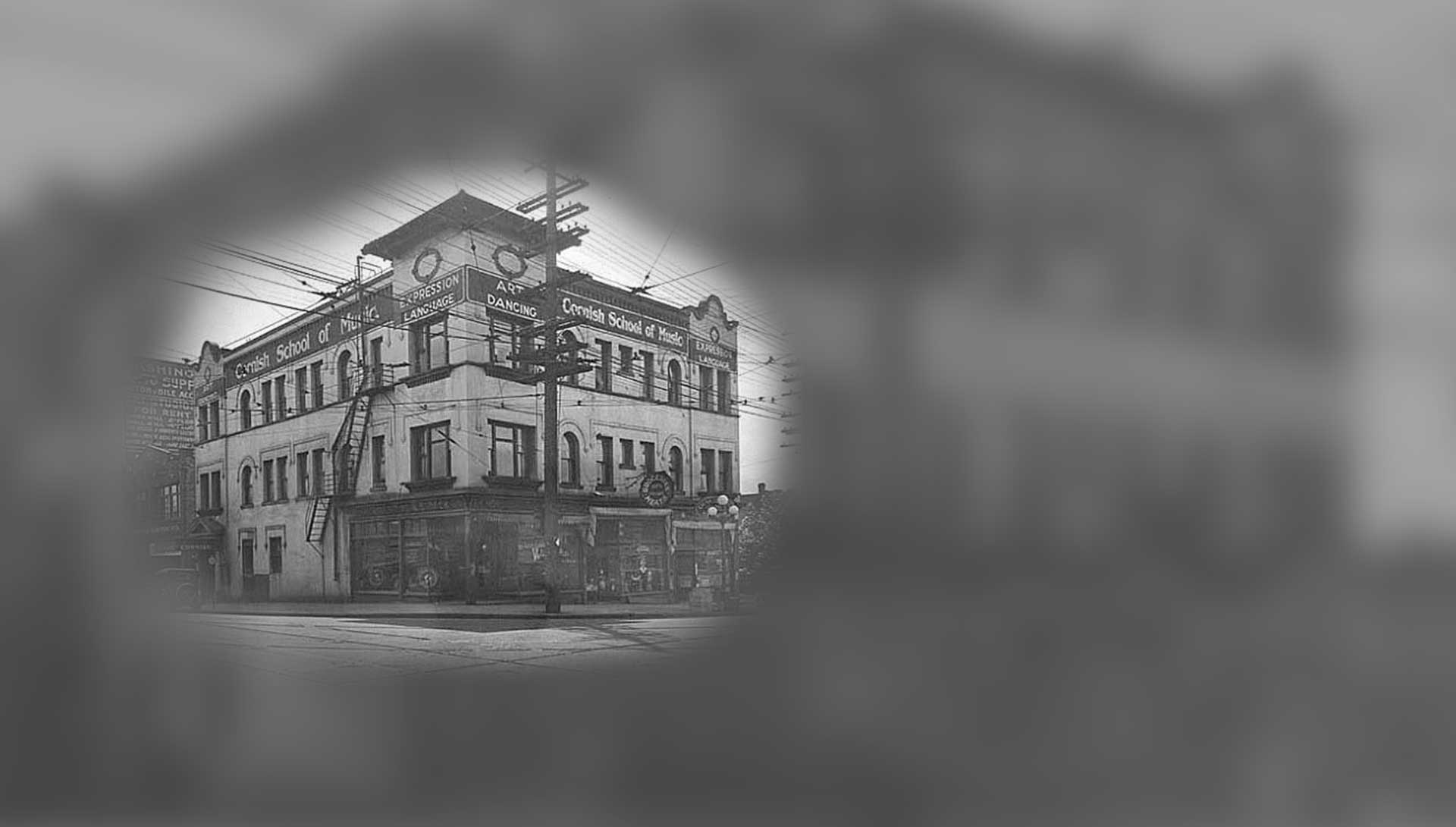
The Cornish School at the Booth Building, Broadway + Pine, 1920. The school occupied the top floor, including Nellie's apartment. Note the sign on the tower advertising
"Expression — Art — Language — Dancing"
Photo: Webster; Stevens; PEMCO Webster &
Stevens Collection, Museum of History; Industry, Seattle
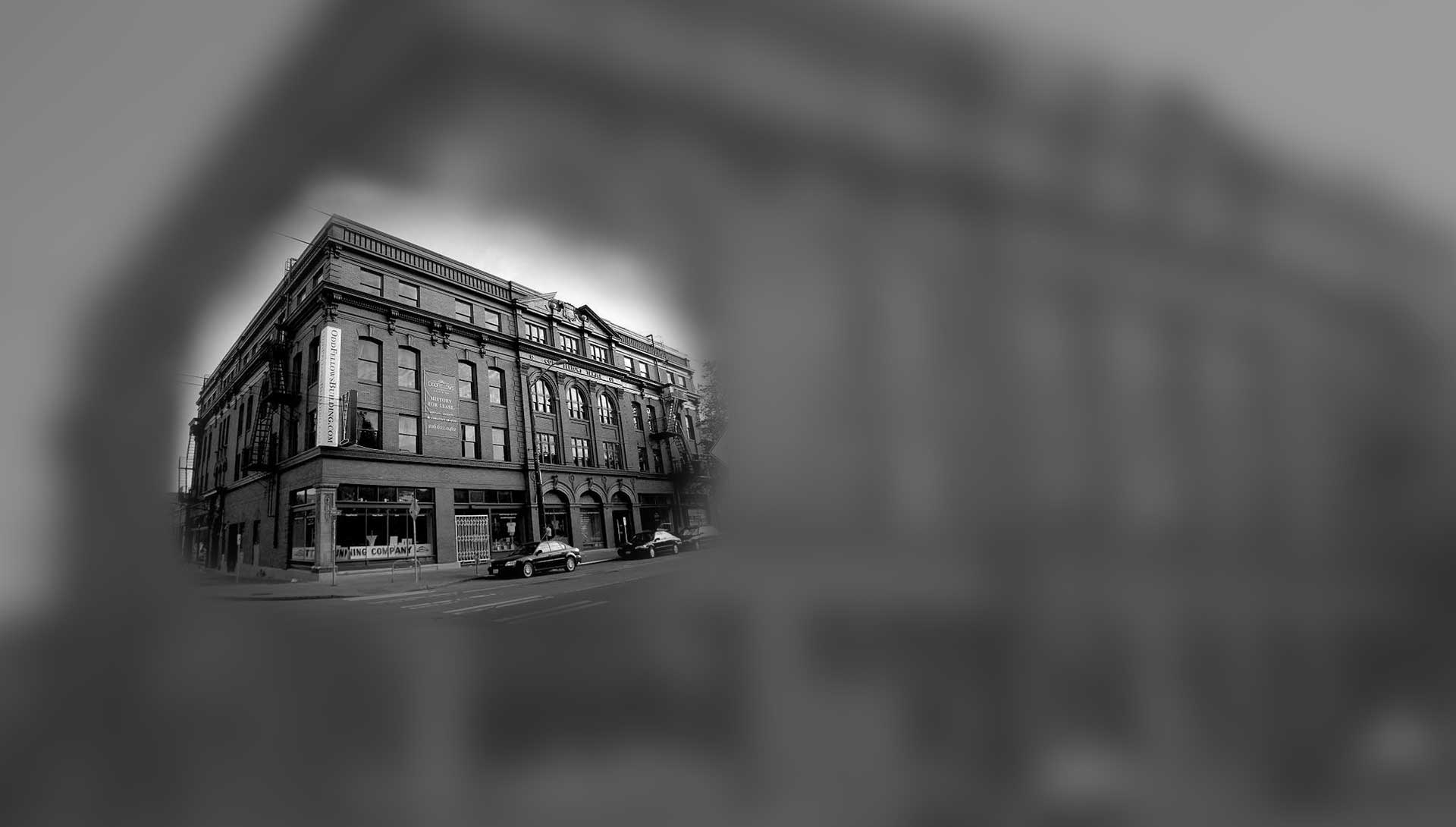
The Odd Fellows Hall, which is still standing today. Throughout the years, the hall has been the home of many smaller arts organizations.
Photo: Joe Mabel, WikiMedia Commons
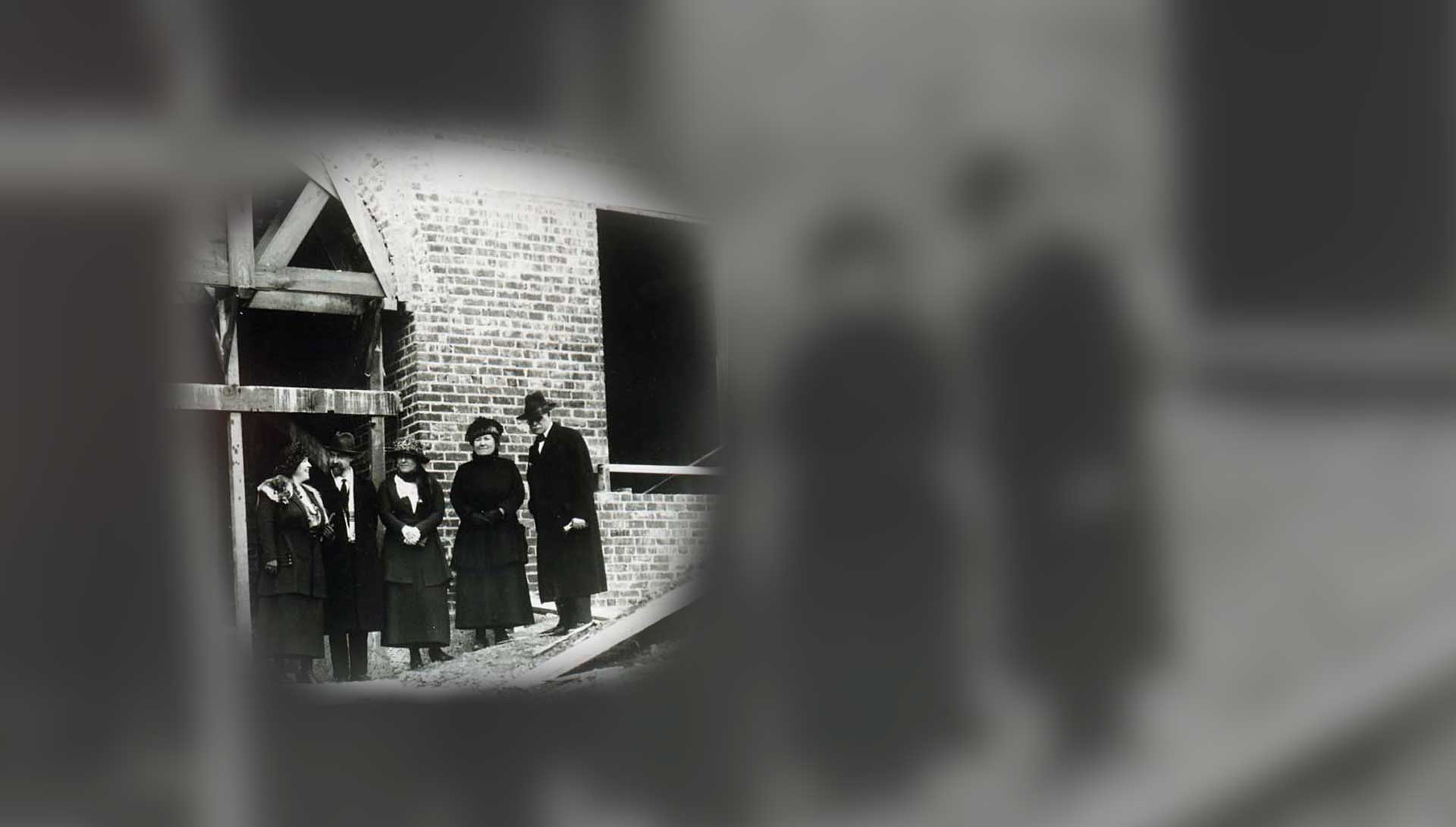
Nellie Cornish visits the construction site of what would become Kerry Hall, 1924. Kerry Hall currently hosts the Dance and Music programs and is located at of heart of Seattle's vibrant Capitol Hill neighbor.
Nellie is second from the right.
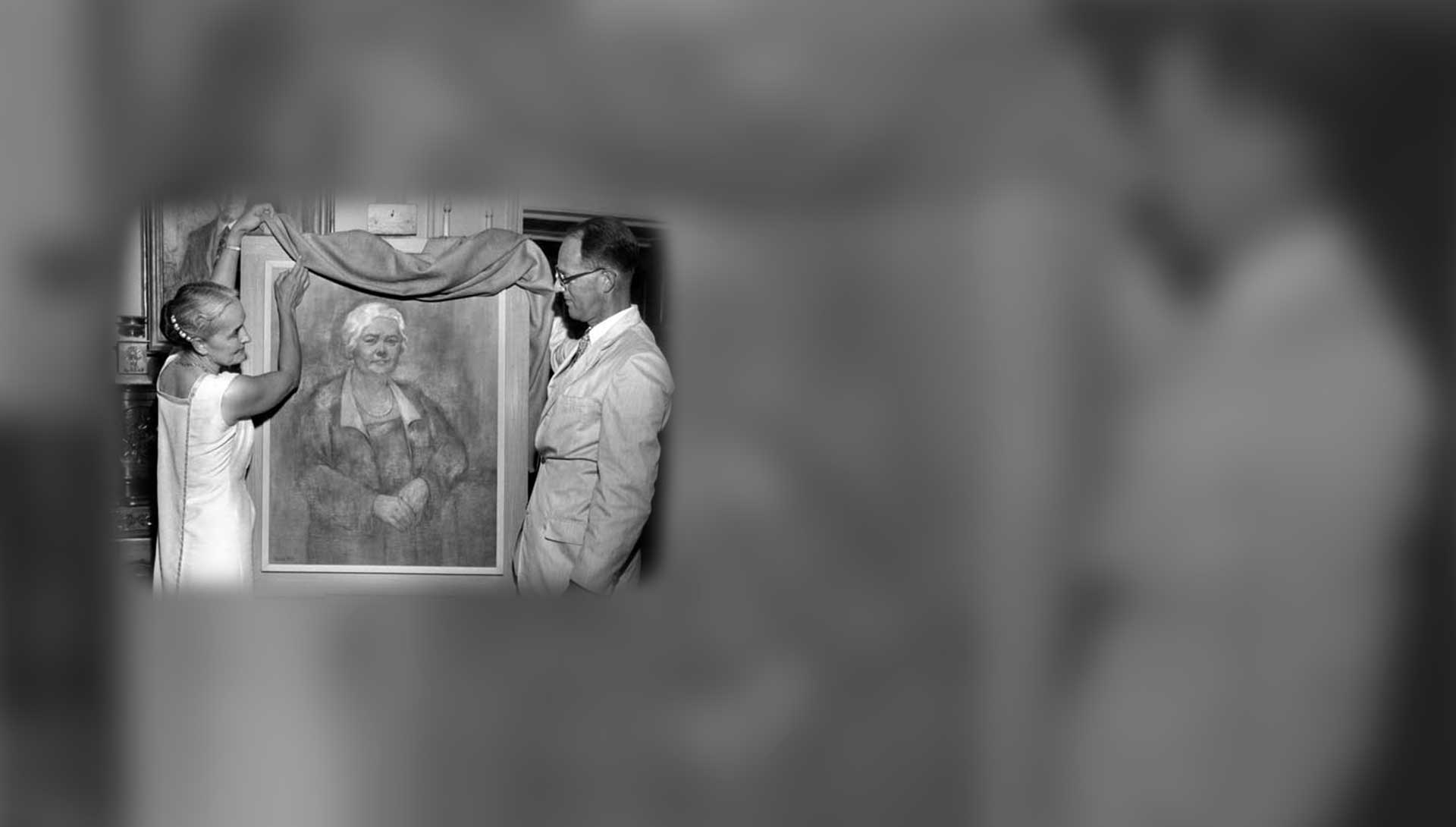
This portrait was made in the mid-1920s, and has become the official portrait of Nellie Cornish.
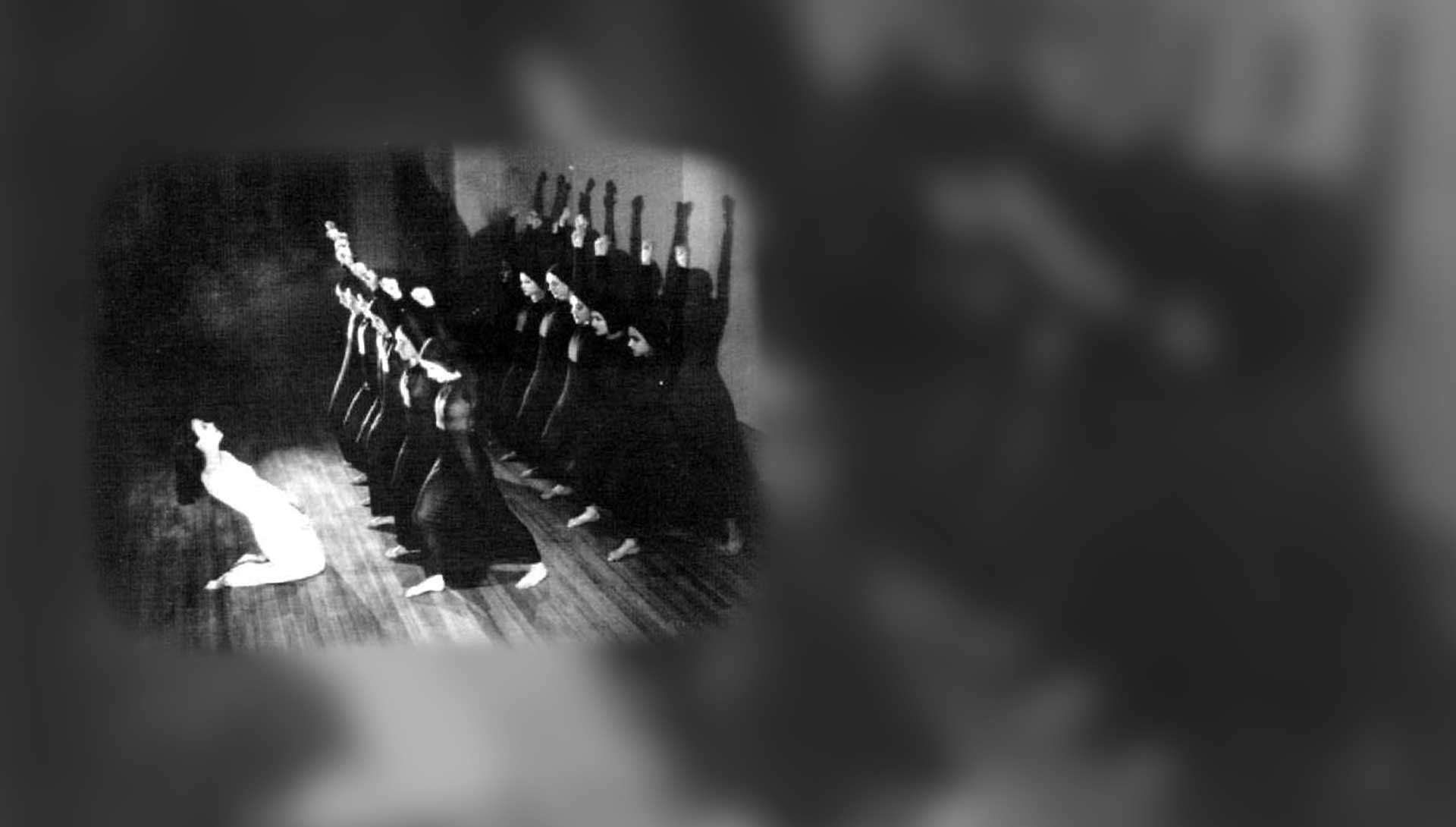
Martha Graham and her dance troupe in action, performing Heretic.
Photo: Soichi Sunami
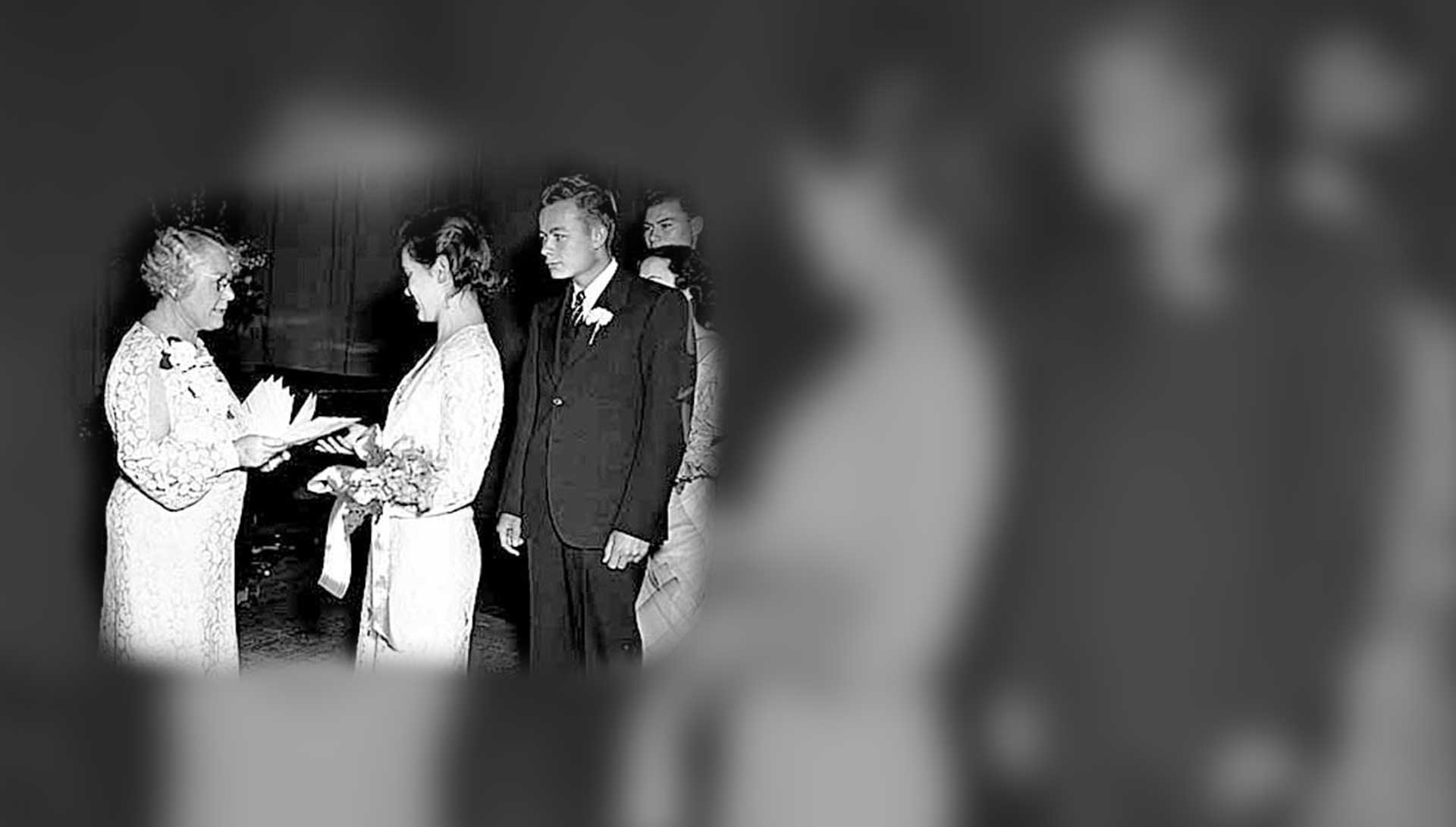
Nellie Cornish handing out degrees at The Cornish School's 1937 graduation ceremony.
Photo: Staff Photographer, P-I; Seattle Post-Intelligencer Collection, Museum of History & Industry, Seattle
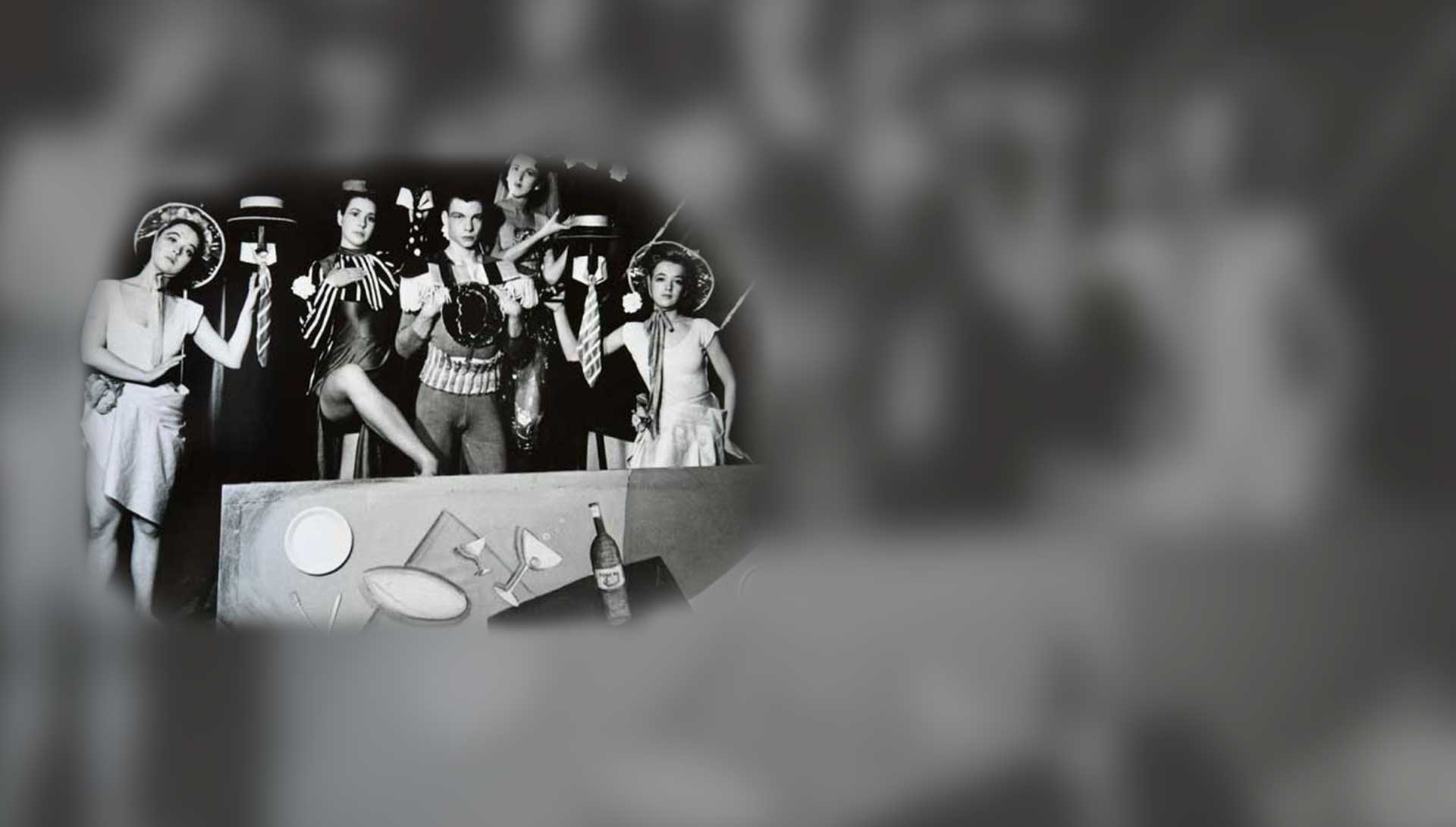
Merce Cunningham mid-performance, during one of his mesmerizing dance pieces.
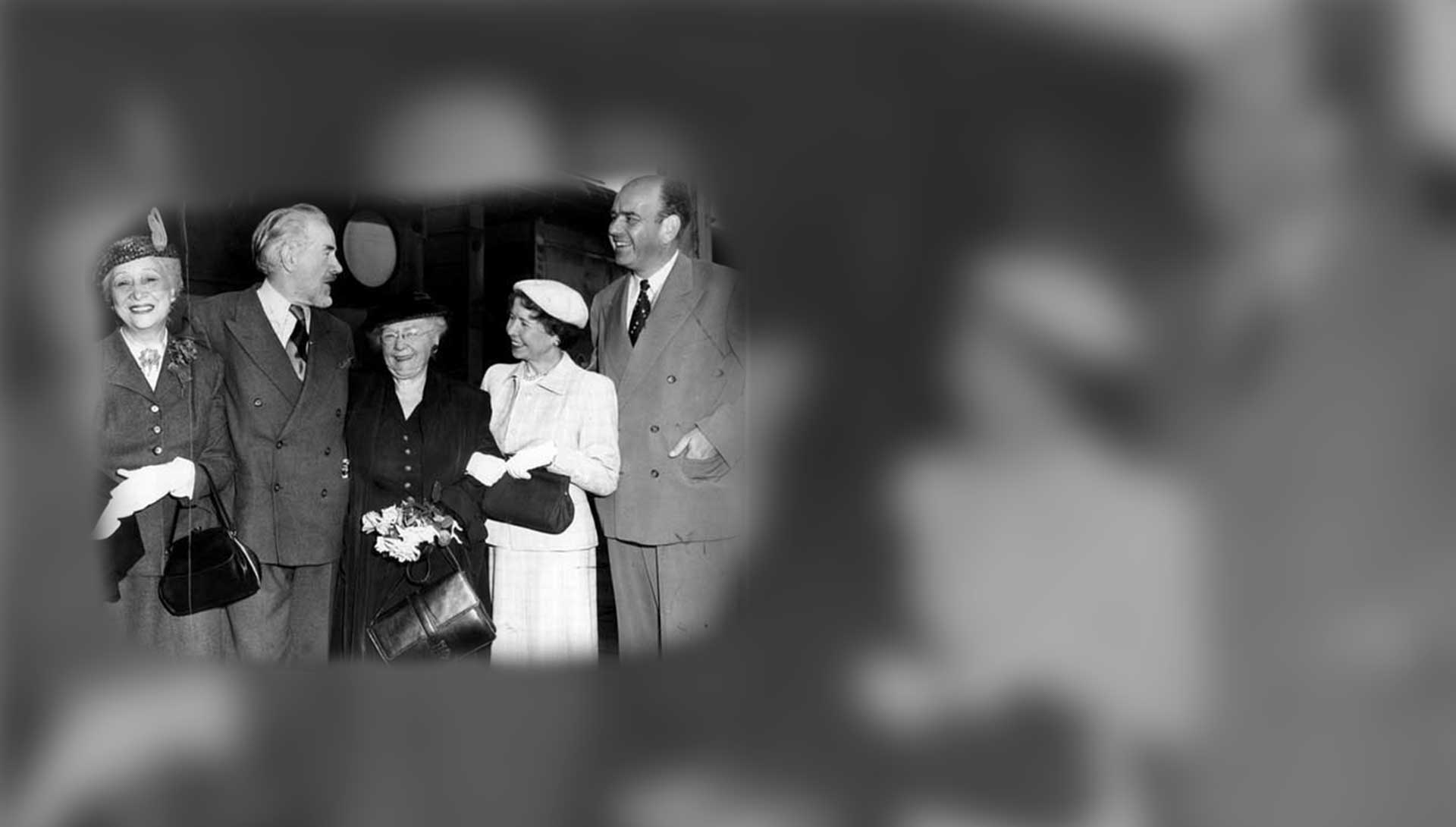
Nellie Cornish at 74, with Mark Tobey, Miss Nellie Cornish, and Mrs. Norman J. Vickerman. (Tobey is second from the left, next to Nellie.)
Photo: Chicago Sun-Times
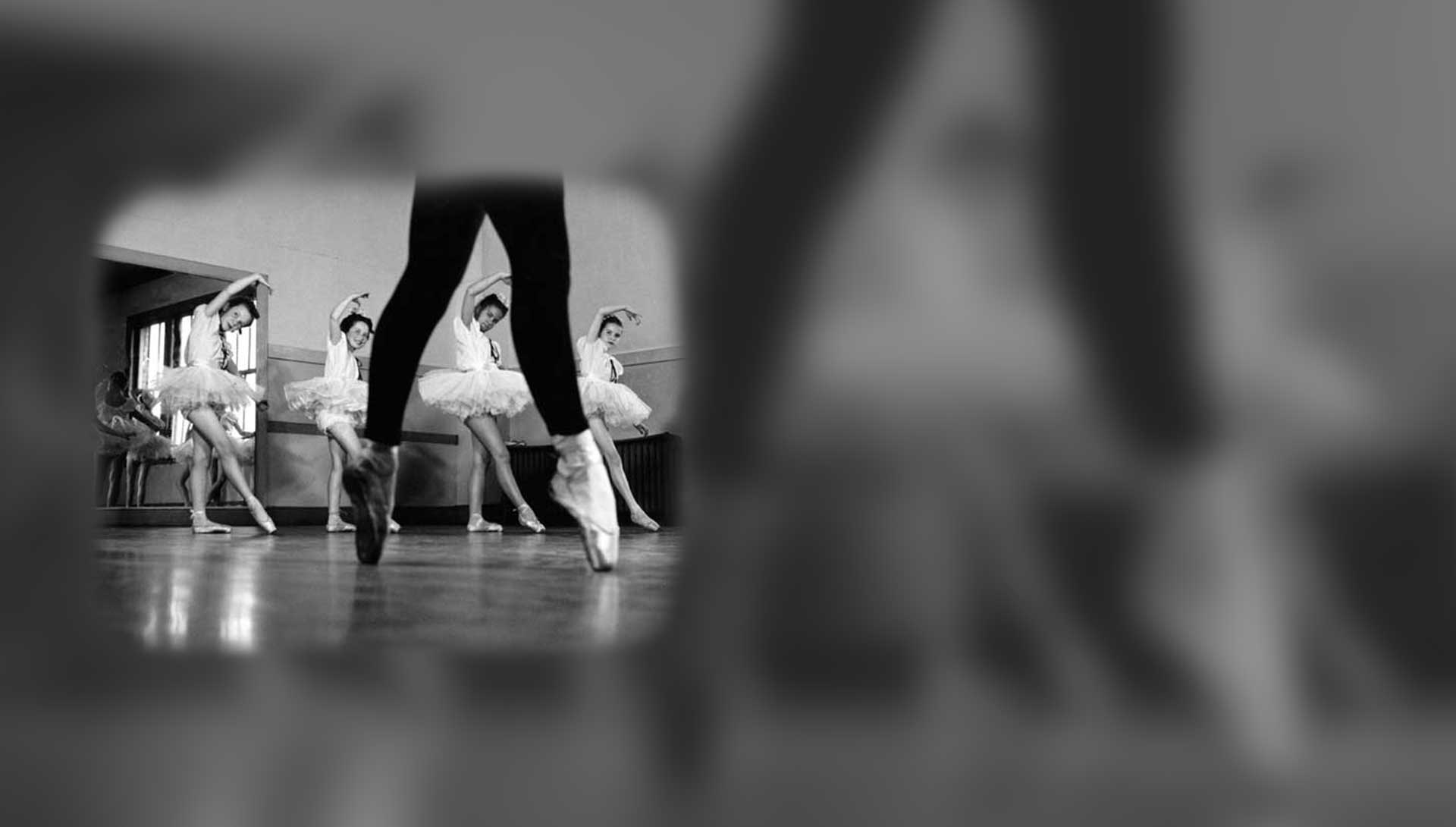
Music and Art Foundation assumes ownership of Cornish School and in 1955 is renamed Cornish School of the Allied Arts. In 1968 a Board of Trustees is established.
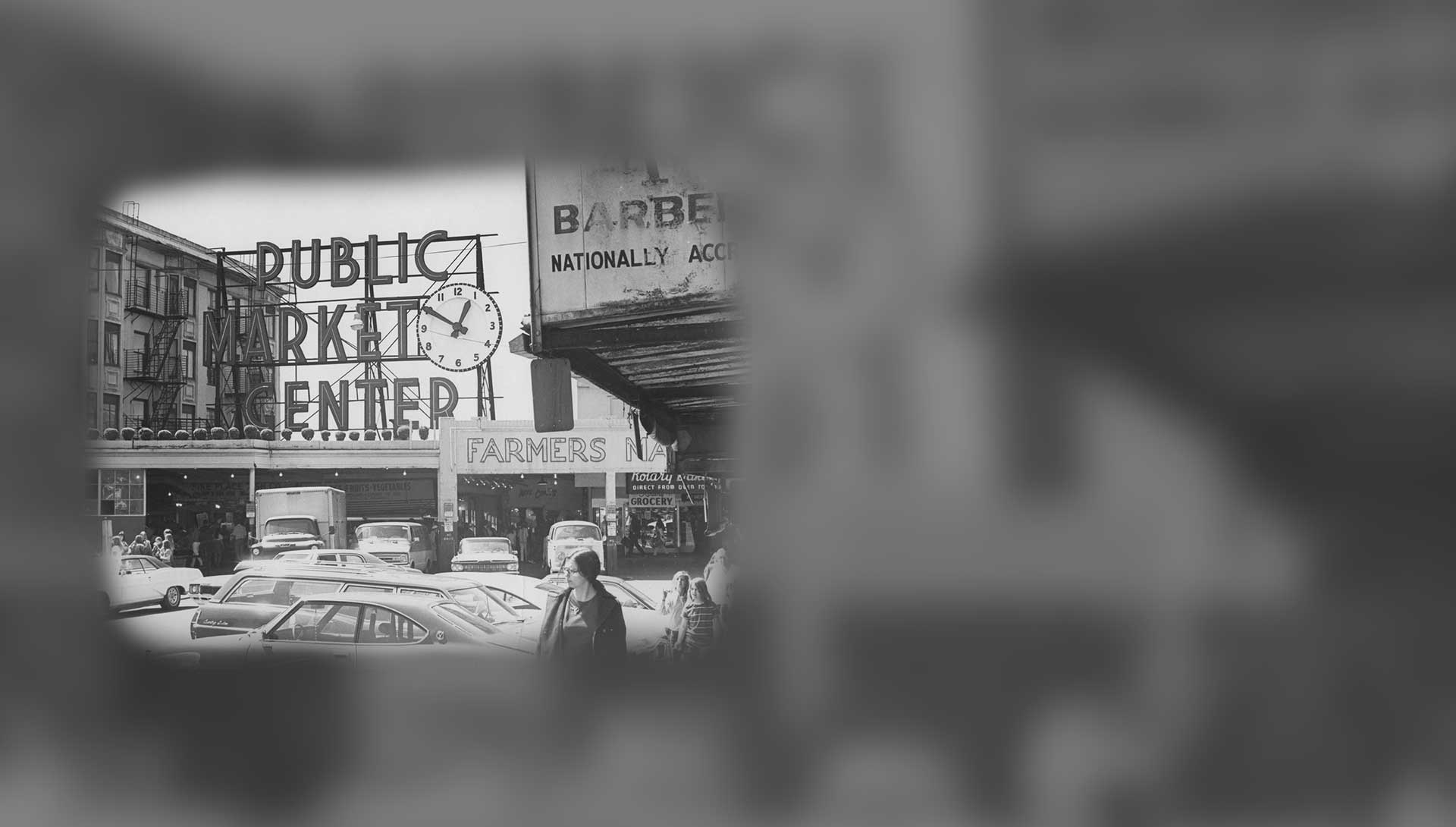
In 1976, Cornish School of Allied Arts is renamed Cornish Institute, and by 1977, Cornish is awarded accreditation as a four-year college by the commission on colleges of the Northwest Association of Schools. Two years later, the Liberal Arts program is established.
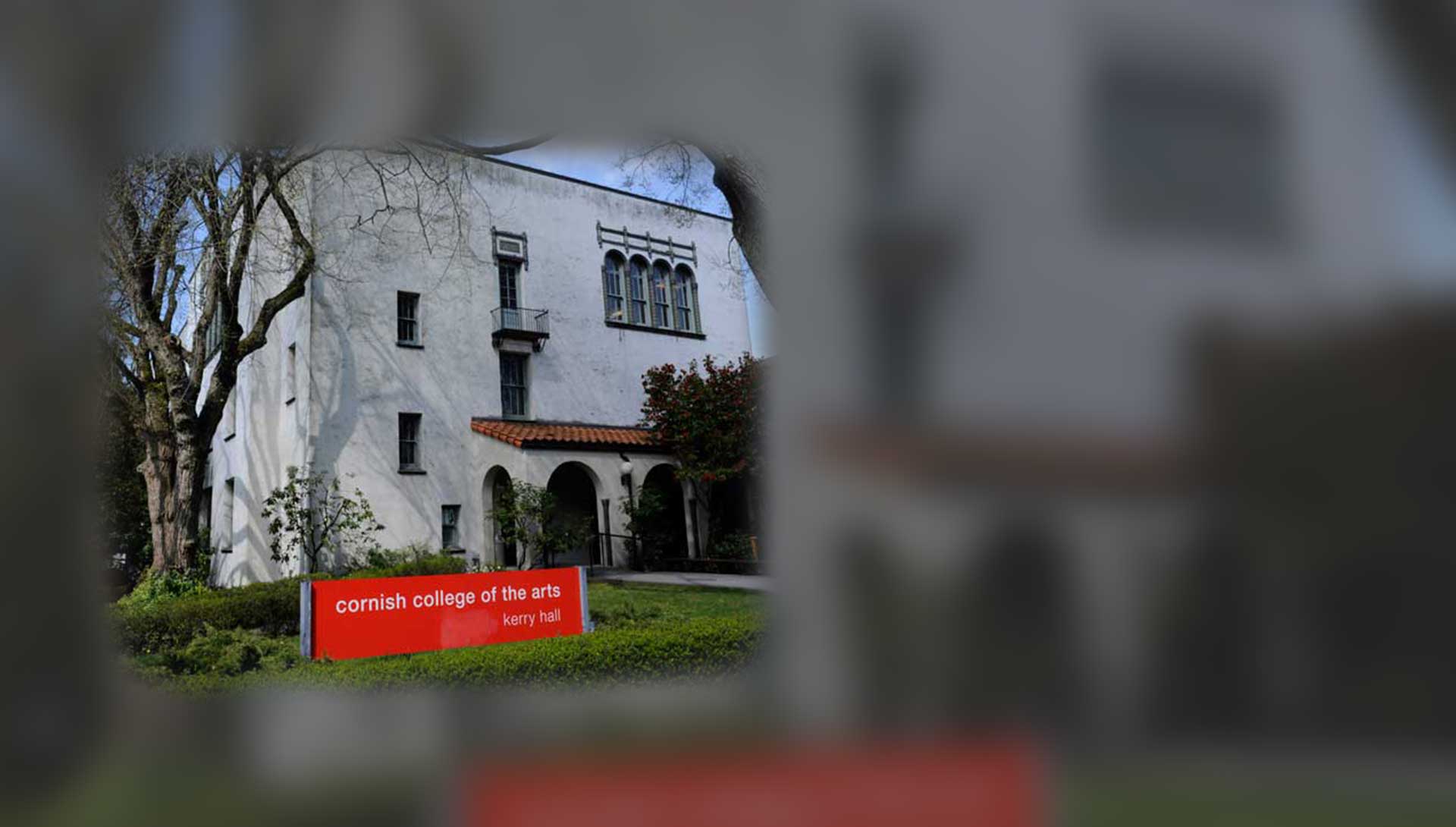
Kerry Hall behind its new, red sign bearing the school's new title: Cornish College of the Arts.
In 1986, Cornish is renamed Cornish College of the Arts. Previously, in 1983, Cornish purchases Lakeside School (The St. Nicholas School) and establishes the Cornish North campus. The Performance Production Department is established.

In 1992, Cornish’s Art and Design departments are granted national accreditation by the National Association of Schools of Art and Design, and four years later, Cornish joins Consortium for the Liberal Education of Artists (CLEA).
In 2001, the Humanities + Sciences program is established as its own department. By 2003, Cornish College of the Arts relocated Art, Design, Humanities + Sciences, Performance Production, Theater, Library, and Student Services to its new campus in South Lake Union. One year later, the first production in the Ned and Kayla Skinner Theater in the Raisbeck Performance Hall is Ladders on The Pearblossom Highway, an Original Works production.

2014 marked Cornish College of the Arts' centennial celebration. The following year, Cornish opens its first ground-up building project, Cornish Commons. The 20-story building in South Lake Union provides both residential and academic space.
In 2015, Cornish adds the Film BFA program, and the following year, the Interior Architecture program. May 2017 marked the first Commencement to award all 8 degrees: Art, Dance, Design, Film, Interior Architecture, Music, Performance Production, and Theater.
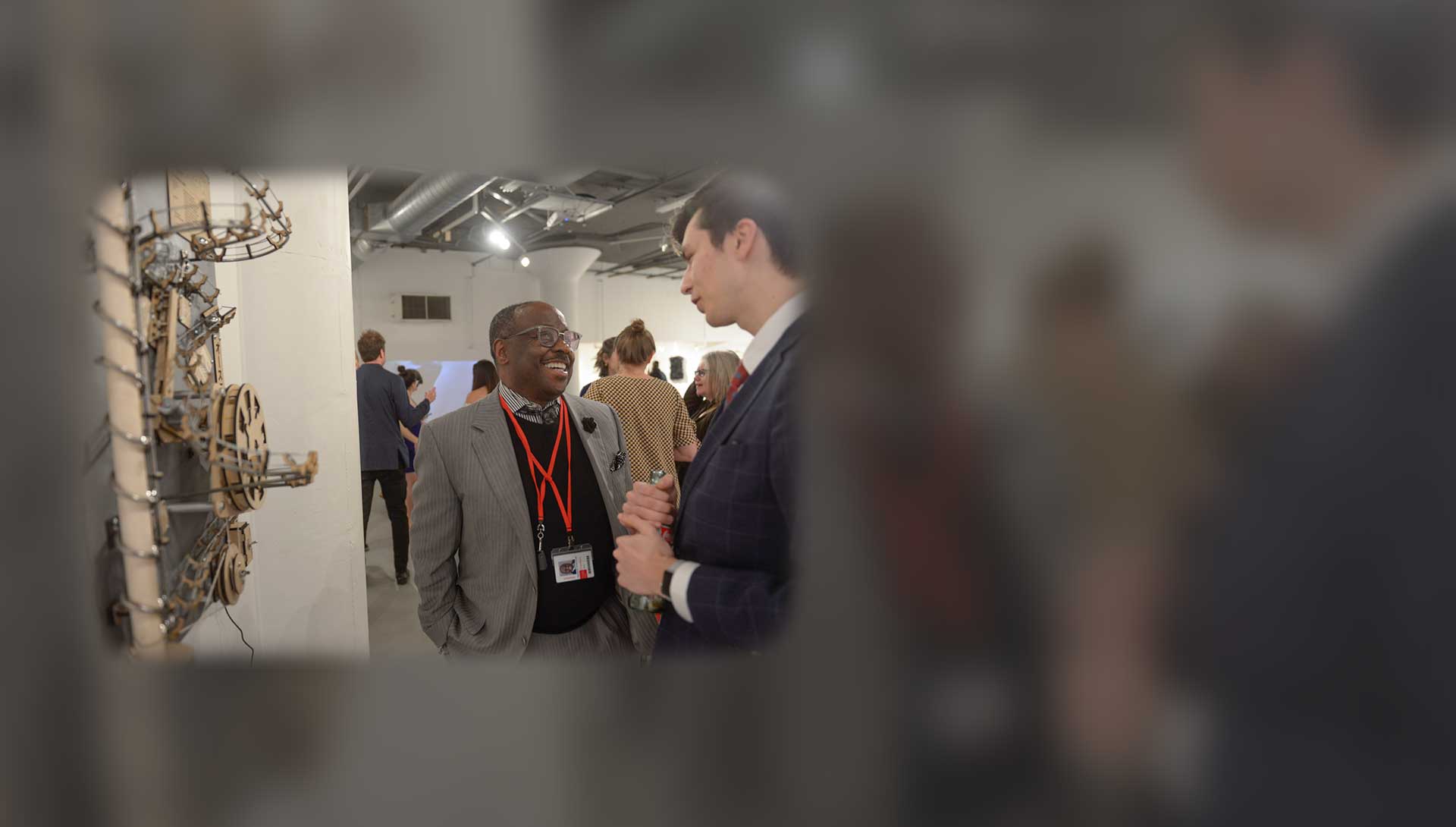
July 2018, Cornish College of the Arts appointed President, Raymond Tymas-Jones.

In January 2019, Cornish announced a tuition reset to decrease loan debt.
Cornish College of the Arts is committed to the following core values:
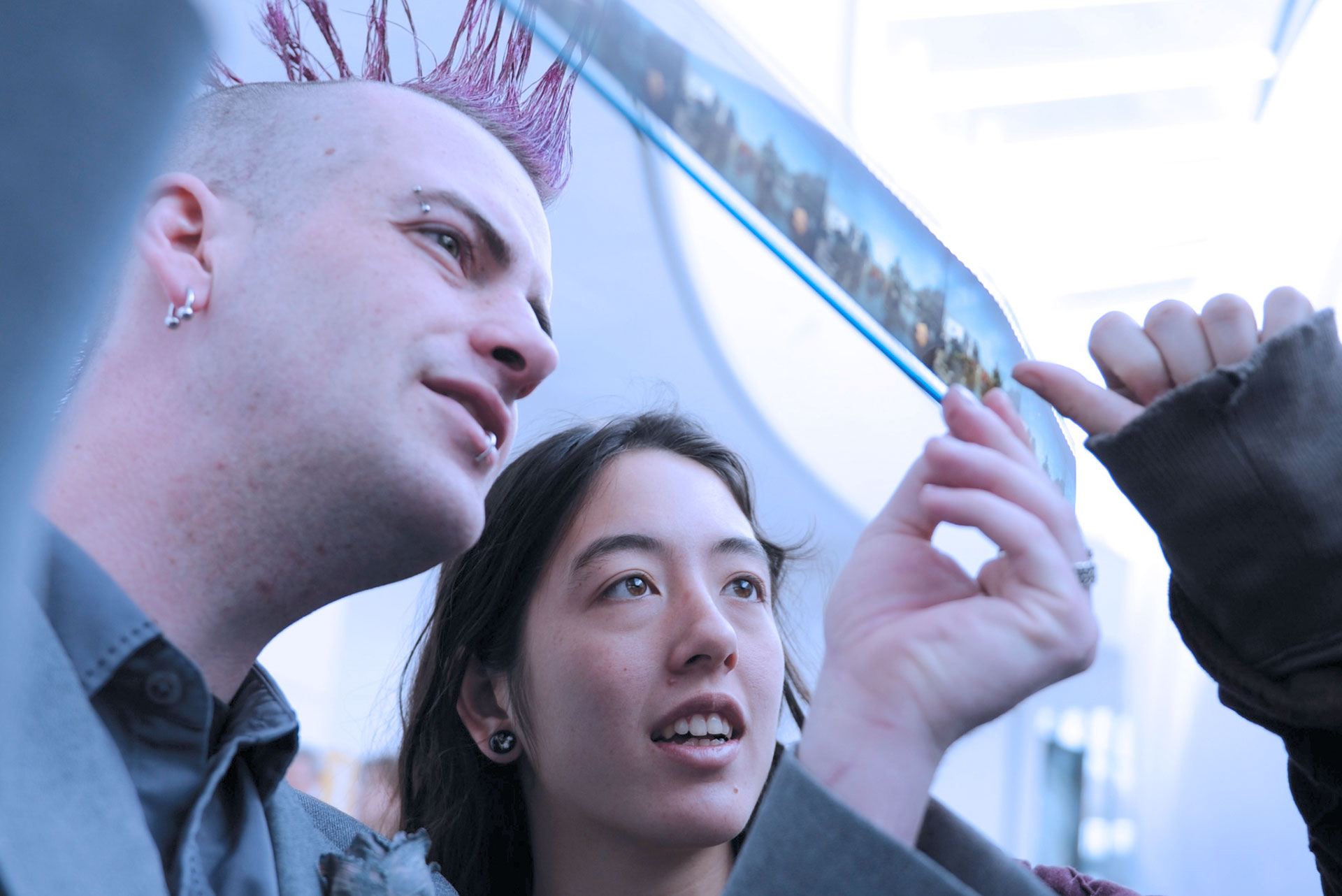
Cornish College of the Arts is enriched by a diverse population of students, bringing their unique personalities and voices to their art forms. Placed in the vibrant city of Seattle, artists thrive among the wide variety of people and broad spectrum of creative thought that surrounds us. The College supports and engages the many cultural, personal, and spiritual facets of our community.
Cornish commits to demonstrating respect for individual expression and integrity; to promoting the equality of opportunity and rights of all persons within the community and to actively encouraging and maintaining the representation and inclusion of diverse cultures and backgrounds within the student body, faculty, staff and curricula.
We believe that diversity refers to a number of human qualities and characteristics. National origin, race, gender, age, socioeconomic background, religion, sexual orientation and disabilities are characteristics that combine in unique ways, forming the multiple identities we all hold. Those diverse characteristics contribute positively to the environment of Cornish and to an education that accurately reflects and contributes to the complex interplay of art, culture and society.
We hold ourselves responsible to fulfill the mission of Cornish by preparing students “to contribute to society as artists, citizens, and innovators,” and believe that the mission is best served by actively cultivating a positive environment in which to explore and express the diverse perspectives of a pluralistic society.
The Cornish campus locations are surrounded by theaters, museums, music venues, and galleries; iconic Seattle landmarks like the Space Needle; the national headquarters for some of the country's fast-expanding tech corporations; and, of course, many coffeehouses.